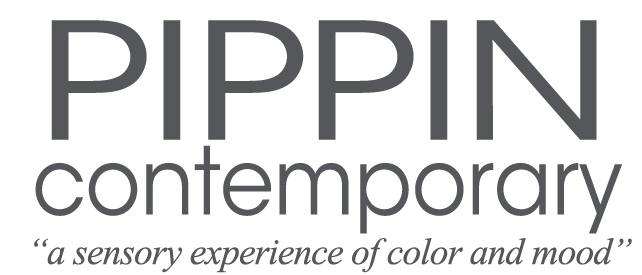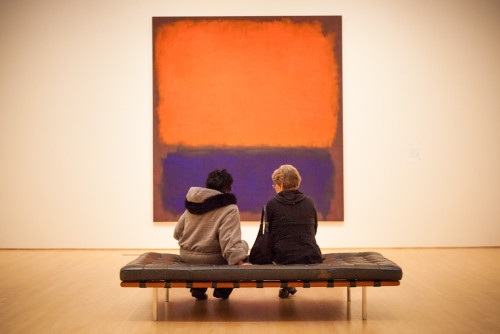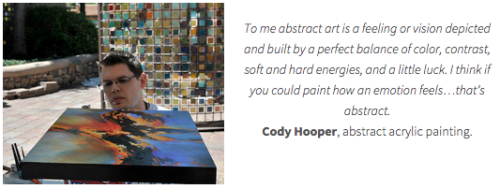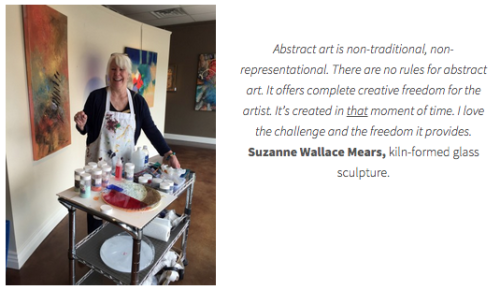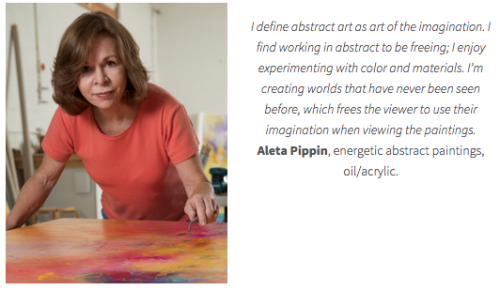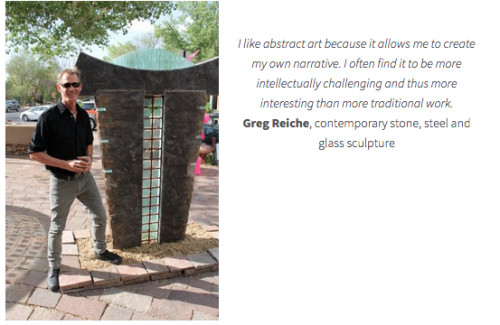Non-figurative. Stripped of allusion. Painting in its purest form. Art lacking subject. Non-representational. Non-objective. Departure from reality. The true essence of art.
How do we define abstract art? How do we appreciate it, understand it? Critics, art historians, gallery owners, and artists have come up with copious explanations of abstraction, but the real beauty of abstract art is that it’s true definition and interpretation lies within the viewer. While some artists may have deeper intentions for meaning and message, abstract art is largely a style that provides freedom of interpretation. When you see an abstract painting hanging in a gallery or museum, the dialogue between artist and canvas has long been completed. It’s now your turn as the viewer to finish the story, or start your own conversation.
“Art is an experience, not an object.” – Robert Motherwell
While abstract art leaves room for open interpretation, it is also helpful to gain an understanding of the movement in order to fully appreciate the artist’s talent and intention. Impressionists in 19th century Paris were the first to break from realism in art, incorporating the effects of light and perspective on a subject to depict an “impressionistic” view rather than a realistic one. From here, expressionist artists of the 20th century continued to dive deeper into the art of abstraction, infusing mood and emotion into their work with painterly style and intense color. Abstract Expressionism followed as a dramatic movement that is most often associated with the birth of abstract art. Artists of this period, such as Jackson Pollock, used the paint itself as a subject as well as the their relationship with the material. Art became a reflection of the spiritual mind, subconscious ideas, and the artist’s (often very complex) emotions, all communicated through abstract compositions of expressive line and color.
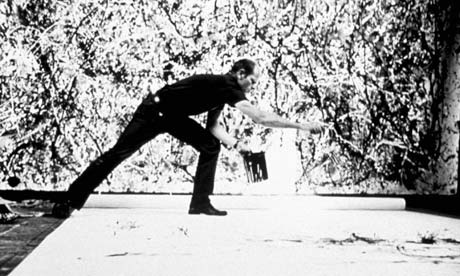
Jackson Pollock at work in Long Island, New York, 1950. Photograph: David Lefranc/Kipa/Corbis via The Guardian
Just like when it was first introduced in the 20th century, reactions to abstract art today are dramatically different from one person to the next. Abstract artists are given the challenge to connect with the viewer through pure movement and color, rather then realistically portraying a familiar scene that calls for familiar emotions. Standing in front of the same painting or sculpture, one person may be disturbed while another is intrigued. Neither viewer is wrong in their interpretation; abstract art encourages our most abstract thinking and gut feelings.
So, how do we define the abstract? Defining abstract art is nearly as open as interpreting it, but who better to ask than the artists themselves? We talked to our painters and sculptors at Pippin Contemporary to find out why they choose to work in abstract and how they would define the style. Here are some of their responses:
Join us at Pippin Contemporary this summer as we celebrate abstraction with contemporary art exhibitions of oil, acrylic and mixed-media painting, as well as bronze, stone, steel and glass sculpture. We encourage you to share your own interpretations with us as you view art in the gallery.
